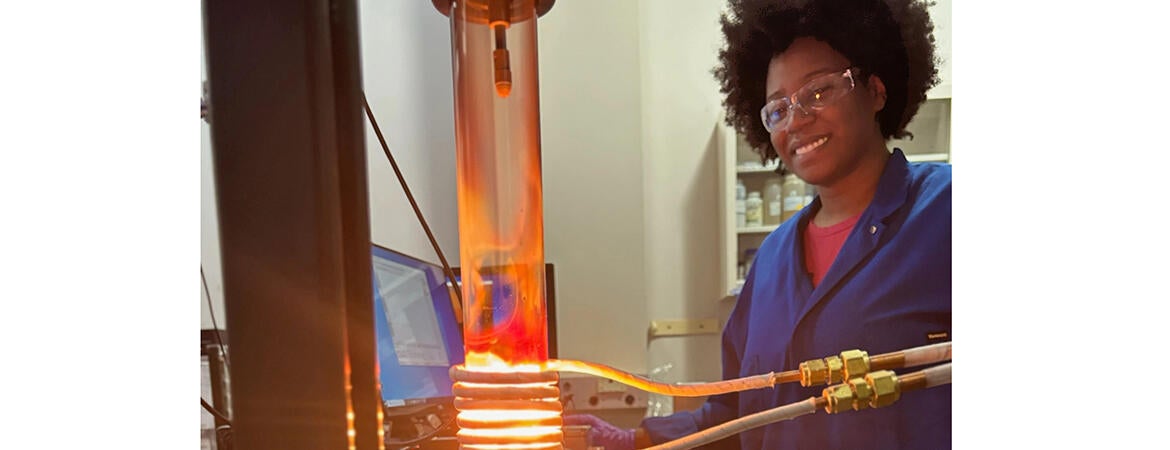
With her dissertation nearing completion, Brittney Terry plans to return to the classroom.
But this time, the doctoral student at the Marlan and Rosemary Bourns College of Engineering (BCOE) would like to do so as a faculty member at a historically black college or university (HBCU) to help mentor a new generation of engineers.
“I really want to give back,” said Terry (MS, Electrical Engineering, ’23), who will be completing her dissertation and PhD in electrical and electronics engineering in December. “I think that a good way to do it is to bring more students to HBCU campuses and teach them about engineering and prepare them.”
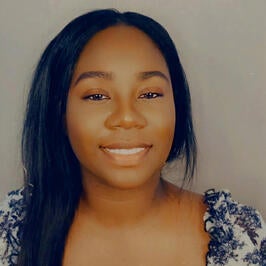
Terry (MS, Electrical Engineering, ’23) fully embraced the college’s commitment to diversity during her time as a BCOE graduate student. She credits BCOE faculty and leadership for providing the mentorship and guidance that paved the way for her successes and achievements.
“I believe in the mission of BCOE to increase diversity, and I believe in the necessity of STEM [science, technology, engineering, and mathematics] in the world,” Terry said.
As she prepares for the next phase, Terry plans to advance her role as an advocate for engineering and a role model for the field. She particularly hopes she can continue what she started at BCOE—encouraging other women, Black students, and others from underrepresented communities to pursue a field that impacts the world and human lives in many different ways.
“The world needs more diverse engineers,” she said.
A New Wave of Materials
The beginning of Terry’s engineering journey took root at a small community college in Alabama. There, she became interested in materials science and engineering. Terry then transferred to a private institution, Samford University, to complete an undergraduate degree in engineering physics. While an undergraduate, she completed an internship through Tuskegee University — one of the most distinguished HBCUs in the nation — to conduct textile research on jute fiber.
Terry soon realized she was more interested in non-organic materials than in biomaterials. Specifically, she wanted to work with metal alloys. After completing her undergraduate program, Terry embarked on a master’s and later a doctoral degree in electrical engineering through BCOE’s Department of Electrical and Computer Engineering.
As a PhD student, her research focused on high-entropy alloys. These advanced materials are made using five or more different types of metals. They are generally known for their exceptional mechanical strength, resistance to corrosion, and thermal stability. They are used in the manufacture of electrodes in batteries, high-capacity capacitors, and hydrogen storage.
High-entropy alloys are considered an emerging advanced material. The resulting properties can vary depending on the concentrations of the metallic substances that make up the alloys.
“That’s what I like about [high-entropy] materials — you never know what’s going to happen,” Terry said.
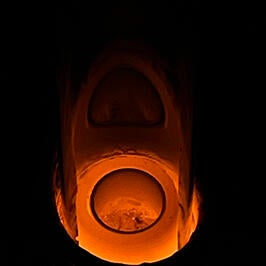
She likened the development of high-entropy alloys to the sword-making techniques of old. Ancient swords were typically constructed from certain steel alloys comprised of iron and carbon. The sword’s blade had to be strong enough to withstand the shock of striking other swords multiple times, but it also had to have a certain level of flexibility so it wouldn’t break during combat.
“Being able to take a material and perfect it — it’s what we do [working] with high-entropy alloys,” Terry said.
The applications of high-entropy alloys are vast. They can be used to construct skyscrapers and railroad tracks, where extremely strong and durable materials are important.
“We are trying to make materials for the future, a new wave of materials in the same way that iron was to brass in the past,” Terry said.
More achievements
Several internships and fellowships further served to enrich her learning experiences.
In 2021, Terry—who was a doctoral student at the time—was named a National Science Foundation (NSF) Graduate Research Fellow and a GEM/Intel Fellow.
The NSF fellowship is designed to support students who have demonstrated the potential to become “high achieving scientists and engineers” who will “help ensure the quality, vitality, and diversity of the scientific and engineering workforce in the United States.” The GEM/Intel fellowship is awarded to eligible students from underrepresented communities enrolled in master’s and doctoral programs in engineering and science.
Through the Intel fellowship, for example, Terry tested code and conducted research on how artificial intelligence (AI) can maintain its stability under different conditions — its robustness. She also investigated how well AI can be trusted to prioritize safety and transparency — its trustworthiness — for people who interact with it.
Terry learned that AI can be a highly useful tool for predicting the qualities of new alloys without first going through the traditional, lengthy development process.
“This helped me to see that AI can apply to many things in life,” she said. “It’s not just for Google [searches]; this is something that [can be used specifically in] materials science and mechanical engineering.”
Through her Intel internship, she also participated in OpenCalphad, an international collaboration of researchers and scientists that develops free, high-quality software and databases for thermodynamic calculations.
In addition to these internships, Terry served as a Winston Chung Global Energy Center lab manager in 2023 and as a graduate teaching assistant for a course on circuits and electronics this past spring.
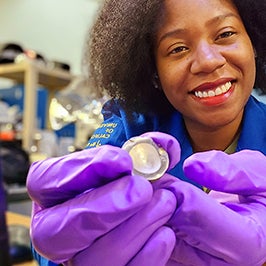
Before coming to BCOE, Terry served prior internships in which she conducted neurobiological research on possible cures for Posttraumatic Stress Disorder and tested the effectiveness of safety devices for workers in nuclear facilities. In another internship, she traveled to Ghana to investigate the public health issue of toxic metal contamination connected to the meat-processing practices of local slaughterhouses.
Guidance and mentorship
Terry said her experiences with student professional organizations, BCOE faculty, and leadership added significant value to her graduate education.
Joining the BCOE chapter of the National Society of Black Engineers (NSBE) was pivotal, she said. As a member, Terry developed her leadership skills and received advice and guidance from NSBE members — who she described as her “support system.” Terry used this opportunity to connect with other future engineers and promote the field to others at a Black Engineer of the Year Award event she attended and spoke at.
“That’s the reason I love NSBE,” she said. “It’s a family as well as a leadership organization.”
Participating in NSBE also provided her multiple opportunities to sharpen her public speaking and presentation skills to various audiences through her experiences making posters and oral presentations of her research, for example.
Terry also credited BCOE faculty and leaders for helping her prepare for success.
She described Reza Abbaschian, a distinguished professor in the Department of Mechanical Engineering and former BCOE dean, as a beloved mentor in his role as her faculty advisor. Abbaschian’s research background in materials science and engineering and metallurgical engineering intersected with her interests.
Under his guidance, Terry said she developed a greater understanding of how her work as an electrical engineer crossed over into materials science and engineering and mechanical engineering.
“I really can thank my advisor more than anything,” Terry added. “His guidance and understanding — he truly is a genius,” she added. “It’s amazing to learn from and be his student.”
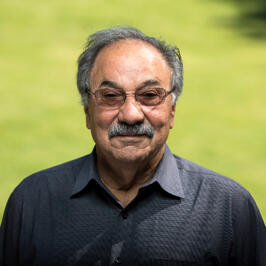
Abbaschian affirmed Terry’s accomplishments and her future potential as an educator.
“I am delighted that Brittney joined my research group,” Abbaschian said. “In a short period, Brittney has shown that she can transition across academic boundaries, combining her electrical engineering training with materials science and engineering. Therefore, she has a promising future as faculty in both disciplines.”
Terry also credited BCOE Dean Christopher S. Lynch for helping her understand the complicated process of writing grant proposals.
“Anytime that I needed help, Dr. Lynch was always there to help . . . He was one of the people who helped me a lot,” she said.
A good role model
Now, as she works to complete her dissertation, Terry plans for the future. She plans to work as a postdoctoral researcher for six months to a year. Terry said she is interested in entering academia as a faculty member at an HBCU.
“It’s important because there aren’t many women who are in engineering, and there aren’t a lot in electrical engineering,” she said. “So, the goal is to not just be a teacher but also be an advisor and a good role model . . . Many people don’t go into engineering just because they don’t understand what it takes. If you understand what it takes, I think more people would go into it, and they’ll be very successful.”
And as her future unfolds, Terry says she continues to reflect on the valuable lessons she learned as a BCOE student.
“I believe in the mission of BCOE to increase diversity, and I believe in the necessity of STEM in the world,” she said.
Header image: Electrical engineering doctoral student Brittney Terry processes a high-entropy alloy sample inside professor Reza Abbaschian's High Pressure High Temperature Lab (Photo courtesy of Brittney Terry).